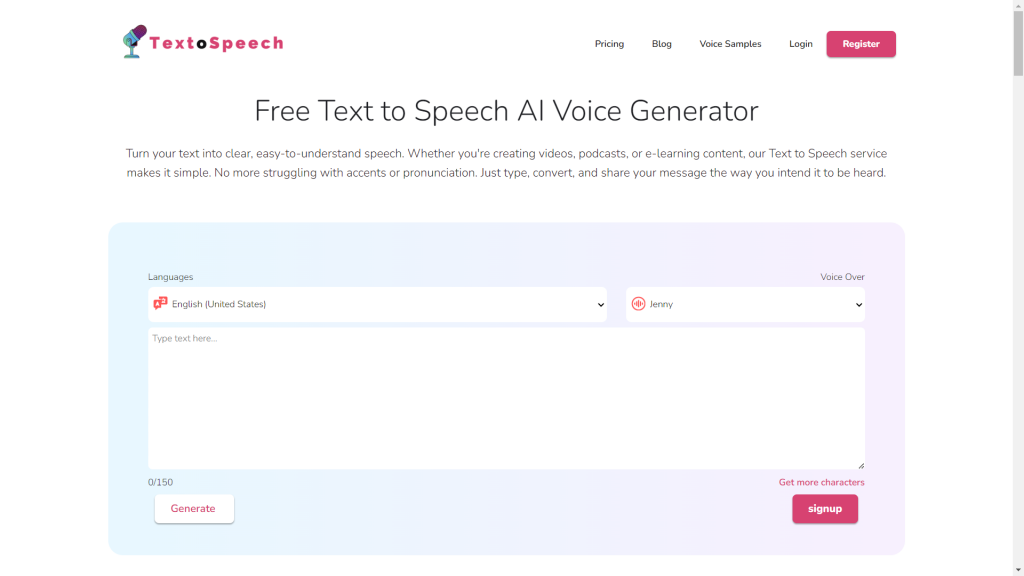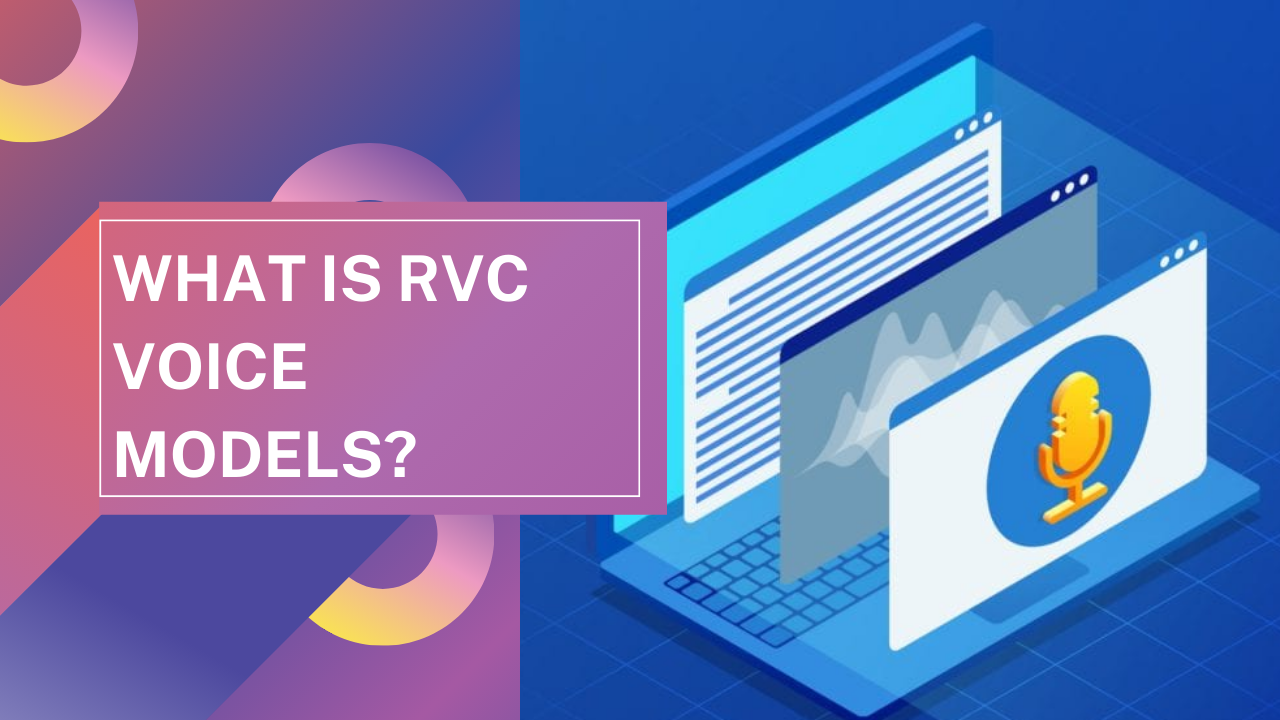RVC Voice Models are advanced voice recognition technologies. They use algorithms to understand and replicate human speech patterns. These models are part of the growing field of speech technology and have various applications in devices and software.
In this article, we will discuss What Is RVC Voice Models, and why they are important. We’ll explore the benefits and challenges associated with these models, providing a clear understanding of their impact on technology and communication.
What Is RVC Voice Models?

RVC Voice Models are a type of technology used in creating digital voices. They are like a recipe that helps computers learn how to speak like humans. These models listen to many human voices and learn patterns to speak clearly and naturally.
Using RVC Voice Models, developers can make apps that talk to users. For example, your phone can read messages aloud or help you shop online. It’s like teaching a computer to chat with us in a friendly way.
These voice models are always learning. So, they get better at understanding different accents and words. This makes it easier for everyone to use and enjoy talking to devices.
Exploring the Basics of Voice Models
Voice models are the brains behind the voices you hear from devices like smartphones and smart speakers. They work by understanding human speech and then responding in a way that sounds natural.
To make this happen, voice models learn from lots of recordings of people talking. They notice how we say words and how our tone changes with different emotions. This learning helps them to copy the way we speak.
Voice models are super useful. They power things like virtual assistants, helping you get answers, play music, or control your smart home just by using your voice. They’re always improving, so talking to your devices feels more like chatting with a friend.
The Mechanics of RVC Voice Models
RVC Voice Models work a bit like a smart brain for machines, helping them understand and speak human language. They do this by studying lots of voice recordings.
Inside an RVC Voice Model, there’s something called an algorithm. Think of it as a set of rules that guides the model in learning and speaking. It listens to human voices, breaks them down into small parts, and learns how these parts should be put together to make clear and natural sentences.
When you speak to a device with an RVC Voice Model, it uses these rules to figure out what you’re saying. Then, it decides the best way to respond. Over time, it gets better at understanding different accents and ways of speaking, making the interaction smoother and more natural.
Applications of RVC Voice Models

RVC Voice Models are super handy in many ways. They power the voices in gadgets and apps, making them more user-friendly. For example, they can turn your spoken words into text messages or emails. This is great when you’re busy or need to send a quick note.
In customer service, these models can answer calls and help people with their questions. They’re like a friendly assistant who’s always there to guide you. This means less waiting time for customers and more efficient support.
For folks who have trouble seeing or using their hands, RVC Voice Models are a big help. They can read out the text on screens or understand spoken commands. This makes technology more accessible and easier for everyone to use.
Future of RVC Voice Models
- Smarter Interactions: RVC Voice Models will get better at understanding context and emotions, making conversations with devices feel more natural and helpful.
- More Languages and Accents: They will support a wider range of languages and accents, making technology accessible to a global audience.
- Enhanced Security: Improved voice recognition will make sure that devices respond only to authorized users, enhancing privacy and security.
- Seamless Integration: These models will integrate smoothly with various technologies, offering a more connected and intuitive user experience.
- Healthcare Support: They could assist in monitoring and providing care, especially for the elderly or those needing constant attention.
- Personalized Learning: Voice models might adapt to individual learning styles, offering personalized education and support.
TextoSpeech Voiceover Tool

TextoSpeech Voiceover Tool is a handy online service. It lets you turn written text into spoken words. This is great for making voiceovers for videos or for people who prefer listening to reading.
Using it is easy. You type or paste text into the website. Then, the tool reads it out loud. You can choose from different voices to find one that fits your needs.
TextoSpeech is perfect for creating audio for presentations or for making content more accessible. Plus, it’s user-friendly, meaning anyone can use it without trouble.
Features of TextoSpeech
- Supports over 50 languages and 300 voices, providing a diverse range of content needs.
- Provides an easy-to-use text editor with real-time preview for fine-tuning voiceovers.
- Flexible pricing plans, including a free version, low-cost subscription options for advanced features, and a lifetime plan.
- Natural-sounding voices that are ideal for YouTube videos and multimedia projects.
- Web-based platform, ensuring accessibility and convenience without the need for software installation.
- Fast processing speeds allow for faster turnaround on voiceover projects, increasing productivity.
FAQs
What is the RVC model?
The RVC model is an AI-powered voice conversion system that is retrieval-based and provides high-quality voice cloning. It uses artificial intelligence to instantly alter or replicate voices.
How do I download an RVC model?
RVC models are available for download on websites such as GitHub and AI Hub. To download and set up the model, adhere to the offered step-by-step directions.
Is RVC AI free?
Basic feature versions of several RVC AI products are available for free. Advanced services, however, can be needed for a subscription or purchase.
How do I add voices to my RVC?
You may add voices to RVC by importing WAV audio files into the program. A dataset for AI speech models can be used, or real-time voice cloning is possible with certain versions.
Conclusion
RVC Voice Models are advanced tools that create lifelike speech from text. They make listening to written content almost like hearing a real person talk.
TextoSpeech Online TTS is one such tool. It turns your written words into clear, natural-sounding audio. This technology is great for anyone who wants to listen to text instead of reading it. It’s like having a helpful friend who reads things out loud for you.

